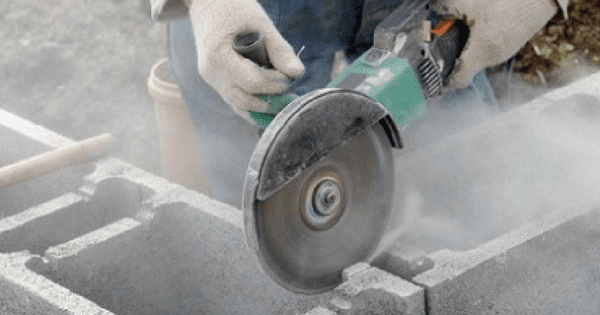Caution to our Friends in the Construction Industry
“Silicon dioxide (or silica) is a known hazard to the occupants of a facility and surrounding properties,” disclosure of its presence is now necessary, before renovation or purchase.
According to OSHA, Silica can come in either non-crystalline or crystalline form. It’s found in many construction materials – drywall, asphalt, plaster, and other materials that are associated with construction and manufacturing facilities.
Workers in different trades are at risk of silica exposure. When materials containing silica are cut or crushed, particles become airborne and can create a health threat to anyone that comes in contact with the dust.
To minimize risks, OSHA changed the permissible exposure limit (PEL) for silica in 2016. The change is a first in over 40 years. The old PEL was 250 µg/m3, while the new PEL is only 50 µg/m3. On top of that, the new “action level” can be only 25 µg/m3 for a typical shift.
The updated rule, 29 CFDR 1926.1153, was enforced by OSHA on Sept. 23, 2017, and the entire construction industry is now required to comply.
There is a big reduction from the old PEL to the new PEL, so current processes must be changed to remain compliant. All stakeholders will have to make adjustments.
Contractors can either take care of their own dust control processes or work with specially trained consulting firms to help them meet the new requirements:
Here are some of the new requirements that impact the construction and trades industries;
1. Provide water sprays that produce a continuous water feed to facilitate wet cutting or sawing. This decreases the amount of airborne silica dust, thus reducing the risk of exposure. For dust not watered down, a HEPA vacuum should be used to collect all particles in a sealed container. If water and dust controls aren’t enough, provide respirators.
2. Write an exposure control plan which lists duties that involve silica, as well as strategies to minimize exposure when said duties are performed. OSHA requires clear descriptions of procedures to make them easy to follow. And more importantly, hire someone capable to execute the plan.
3. Train staff on the risks of silica and strategies for exposure limitation. They should be taught how to properly use equipment and controls, and how to perform medical procedures for medical surveillance.
Contractors may have to buy new tools, machines, and equipment to fulfill the requirements above. Other costs include training, education, record-keeping, and surveillance – all recurring costs which are to be factored into proposals.
Contractors who fail to implement and abide are subject to huge fines, which are assessed at $12,675 per violation per day, beyond the specified abatement date. Repeated offenses are reported to be assessed at $126,749 per violation.
OSHA estimates the annual cost of compliance to be $1 billion, though some industry groups place it somewhere between $4 billion and $5 billion. Nevertheless, OSHA is confident that the health and safety benefits to working-class Americans will significantly outweigh the costs.
The latest ruling will force major changes across an array of impacted industries, prompting experts to call it disruptive. For example, companies now have big reasons to adopt new technologies such as digital filing, to help with required compliance and record-keeping.
The new OSHA regulations are expected to have a challenging impact on manufacturing facilities and construction industry owners. Under the new laws, business owners will be required to take on a more proactive role – or face potentially financially crippling governmental fines and governmental restrictions.
UWIB can assist our clients to connect with consultants that are trained to help business owners address OSHA compliance requirements of all sorts, including these. For a cost-free consultation, please contact us and type OSHA Consulting in the subject line.
